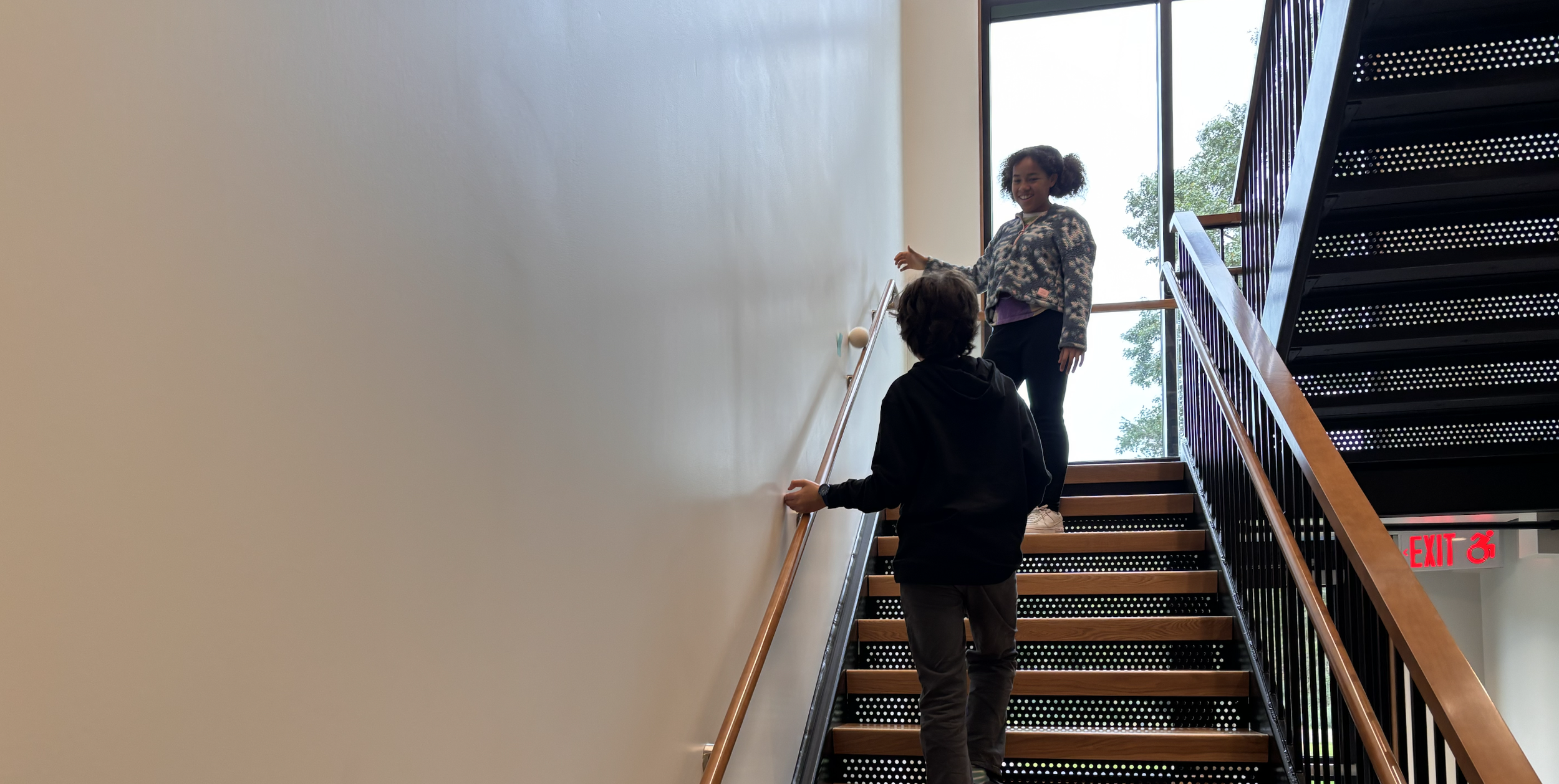
Upper School Blog
Exploring the Gravity Discoveries of Galileo, Newton, and Cavendish
By Jennifer Staple-Clark, Founder and Executive Director, and Math & Science Specialist
At Slate Upper School, we’ve adopted the Integrated Math approach as the foundation of our mathematics instruction. This method merges algebra and geometry, reflecting how these subjects coexist in the real world. Our interdisciplinary approach is interactive, experiential, and relevant, with new concepts introduced alongside their historical context and applications. Similarly, our Science instruction is also interdisciplinary and experiential, often integrating math, history, social sciences, and the arts. Reading and writing are essential components of our science curriculum. Experiments and laboratory work are key parts of their learning experience.
Learning at Slate School is individualized and differentiated. While many students focus on math aligned with their grade-level benchmarks, others explore more advanced concepts. Interdisciplinary experiences provide opportunities for differentiated instruction across various mathematical understandings. For instance, many Grade 7 students recently explored ratios, rates, averaging, unit conversions, and the basics of scientific formulas through the equation Height = 1/2 x acceleration due to gravity x time². They dropped a wool ball from the entry balcony to collect data on the time it took to fall, conducting multiple trials and averaging their results. They used this data to calculate the height from which the ball fell, converting meters to feet, and then verified their findings with a rope and tape measure. The students were amazed to see how measuring time allowed them to calculate the height of the fall! This also reinforced a concept they explored through experimentation late last year, which many students cited as a highlight: all objects fall at the same rate due to gravity, regardless of their mass.
Meanwhile, some of our students began the exploration by measuring the time and height of the free fall. They were not given the value for the acceleration of gravity, and instead they worked algebraically through the equation to calculate this for themselves, and they arrived at precisely 9.8 meters/second²—exactly what Henry Cavendish calculated in the 18th century. Their data and calculations were amazing!
This exploration of gravity continued as our students created a chart comparing height and time for free fall over the course of 5 to 10 seconds. They learned that while the wool ball’s fall from the Upper School was 4.9 meters, a ball falling from 122.5 meters, for example, would take 5 seconds. They then graphed their data to visualize the relationship between height and time. Some of our students pursued further graphing of the quadratic equation y=x² and compared their two graphs.
Some students delved deeper into this exploration, learning about the ramp Galileo constructed to slow a ball’s fall, which led him to discover that distance is proportional to the square of time. We found a ramp in our building (the stairwell railing!) and conducted calculations like Galileo did! There are rich opportunities for continued exploration based on student interests and enthusiasm, whether considering the slope and angle of the ramp to perhaps creating their own ramps with varying slopes. We will see how this all further develops with our students!
Our students practice and demonstrate their skills and competency by applying mathematical concepts to real-world situations. Their hands-on learning experiences help them engage with and appreciate the mathematical beauty of the world.
